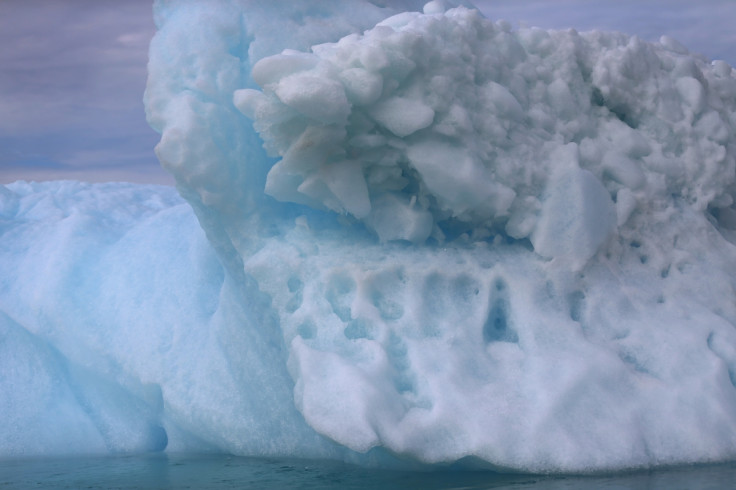Collapsing Zachariae Isstrom glacier in Greenland could raise sea levels by half a metre

The Zachariae Isstrom glacier in Greenland, which had become detached and is losing ice at about 4.5 billion tonnes a year, could raise sea levels by about half a metre, scientists said. Monitoring of the massive glacier in the northeast of Greenland reveals it began to melt at a rapid rate in 2012 and is now breaking down into large icebergs in the North Atlantic Ocean.
The US-based team monitoring the glacier found that its collapse will rise sea levels for decades. "North Greenland glaciers are changing rapidly," lead author and associate project scientist in the Department of Earth System Science at the University of California, Irvine, Jeremy Mouginot said. "The shape and dynamics of Zachariae Isstrom have changed dramatically over the last few years. The glacier is now breaking up and calving high volumes of icebergs into the ocean, which will result in rising sea levels for decades to come.
"Even if we have some really cool years ahead, we think the glacier is now unstable. Now this has started, it will continue until it retreats to a ridge about 30km back which could stabilise it and perhaps slow that retreat down."
The university research team used 40 years worth of satellite data and aerial surveys and discovered that the glacier began to recede three times faster beginning in 2012. According to the team, the glacier's retreat sped up by 125 metres a year each year until recent measurements in 2015.
The team's report, published in the journal Science, stated that warmer air conditions and ocean temperatures caused Zachariae Isstrom to detach from a stabilizing sill and retreat quickly along a downward-sloping, marine-based bed. The glacier is losing ice at a rate of 4.5bn tonnes a year, the Guardian reported.
"The glacier is now breaking into bits and pieces and retreating into deeper ground," Eric Rignot, a professor of Earth system science at the university said. Its rapid retreat is expected to continue for around 20 to 30 years, until it reaches a natural ledge that forces it to slow down.
The report also revealed that the glacier's equal-ice-volume neighbour Nioghalvfjerdsfjorden is also melting quickly but is retreating slowly along an upward-sloping bed. If both glaciers fully collapse, they could raise the global sea levels up to a full metre.
"Not long ago, we wondered about the effect on sea levels if Earth's major glaciers were to start retreating," Rignot said in a statement. "We no longer need to wonder; for a couple of decades now, we've been able to directly observe the results of climate warming on polar glaciers. The changes are staggering and are now affecting the four corners of Greenland."
© Copyright IBTimes 2025. All rights reserved.






















